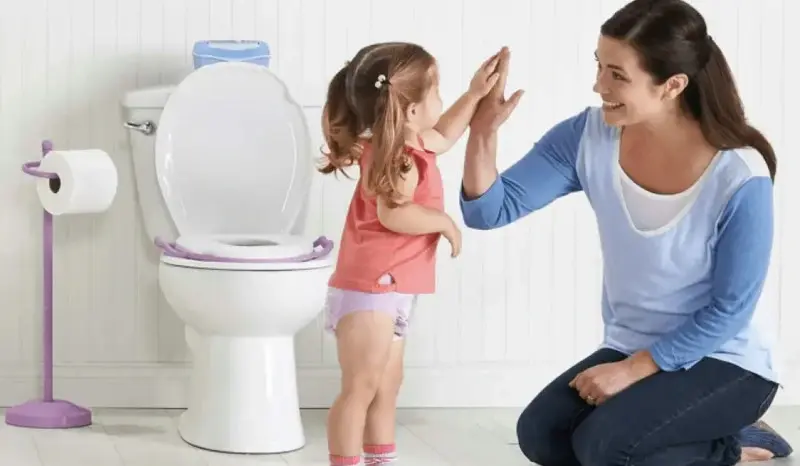Guide: Simple ABA Techniques for Toilet Training Children with Autism

Toilet training a child with autism can be a complex process that requires patience, consistency, and tailored strategies. Applied Behavior Analysis (ABA) offers effective techniques to support this journey. Here's a structured approach to facilitate toilet training for children with autism:
1. Assess Readiness
Begin by evaluating whether your child is prepared for toilet training. Traditional indicators like recognizing the need to use the bathroom or the ability to manage clothing may not be present in children with autism. Instead, focus on:
-
Physical Readiness:
Can your child sit on a toilet and get up independently? -
Health Considerations:
Address any gastrointestinal issues, such as constipation or diarrhea, before starting training.
2. Establish a Routine
Consistency is crucial. Develop a regular schedule for bathroom visits, such as:
-
Timed Intervals:
Encourage toilet use at set times throughout the day (e.g., every 1-2 hours). -
Post-Meal Visits:
Schedule trips to the bathroom after meals, leveraging natural digestive rhythms.
3. Create a Supportive Environment
Make the bathroom a comfortable and engaging space:
-
Comfortable Seating:
Ensure the toilet seat is comfortable; consider using padded seats or adaptive equipment if necessary. -
Engaging Activities:
Provide books, toys, or even a small screen to keep your child occupied while sitting on the toilet.
4. Use Positive Reinforcement
Reinforce successful attempts with rewards to encourage desired behavior:
-
Immediate Praise:
Offer verbal affirmations immediately after successful toilet use. -
Tangible Rewards:
Provide small treats or privileges to motivate your child.
5. Address Specific Challenges
Tailor your approach to meet individual needs:
-
Bowel Movements:
If your child is hesitant to have bowel movements in the toilet, investigate potential causes like discomfort or fear of the flushing sound. Gradually desensitize them to these aspects. -
Accidents:
Respond calmly to accidents, avoiding negative reactions. Reinforce the routine and continue encouragement.
6. Collaborate with Professionals
Engage with therapists or specialists experienced in ABA to develop and refine your toilet training plan. Their expertise can provide valuable insights and support tailored to your child's unique needs.
By implementing these strategies with patience and consistency, you can support your child with autism in achieving successful toilet training.
For more information about ABA therapy services offered by AIA or to book your free consultation, visit our Arizona Institute for Autism website at www.azinstitute4autism.com, call (480) 687-7099, or email info@azinstitute4autism.com. If you are looking for more applied behavioral analysis and ASD diagnosis and treatment tips, check out more blog posts from AIA’s clinical director, Rula Diab!



